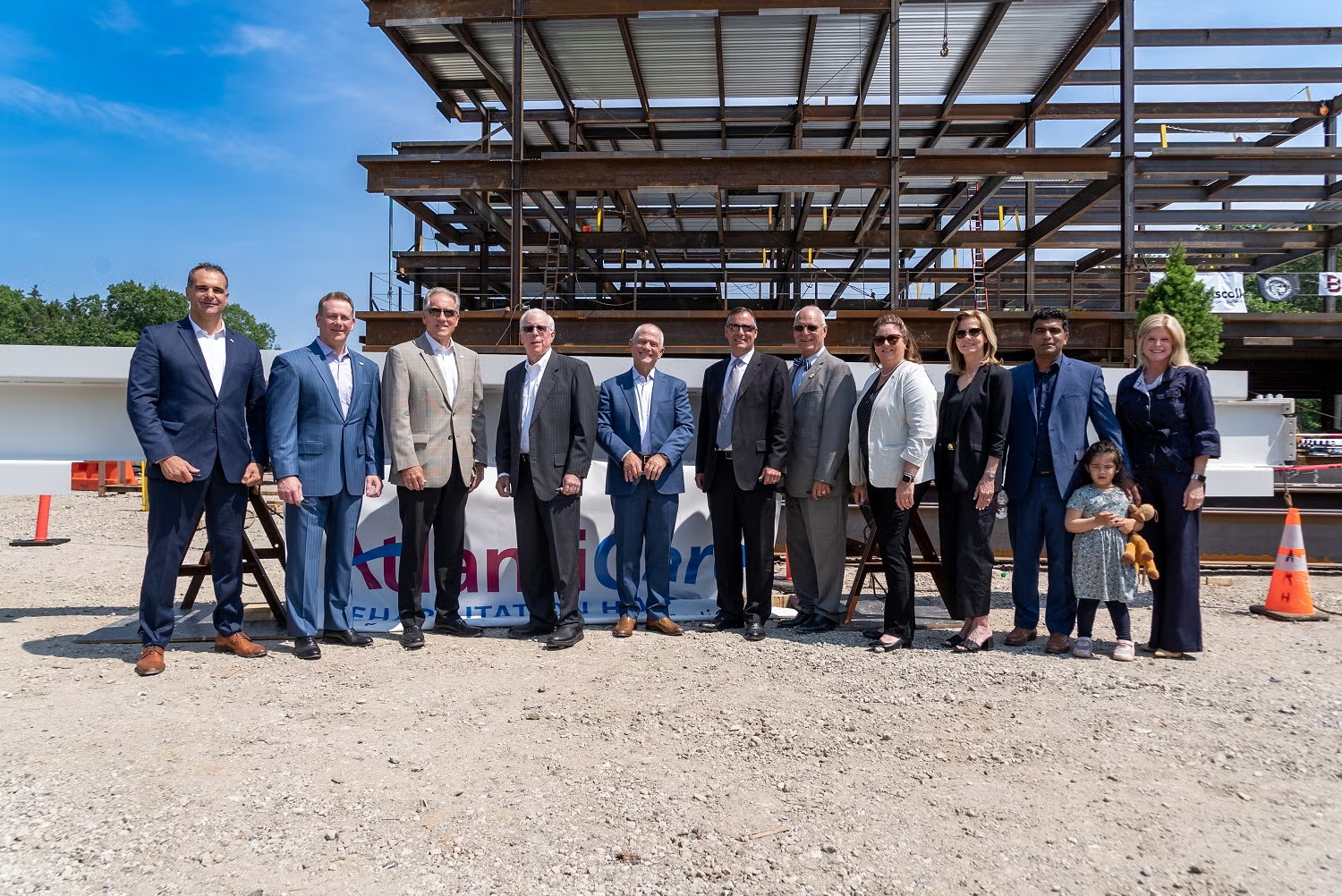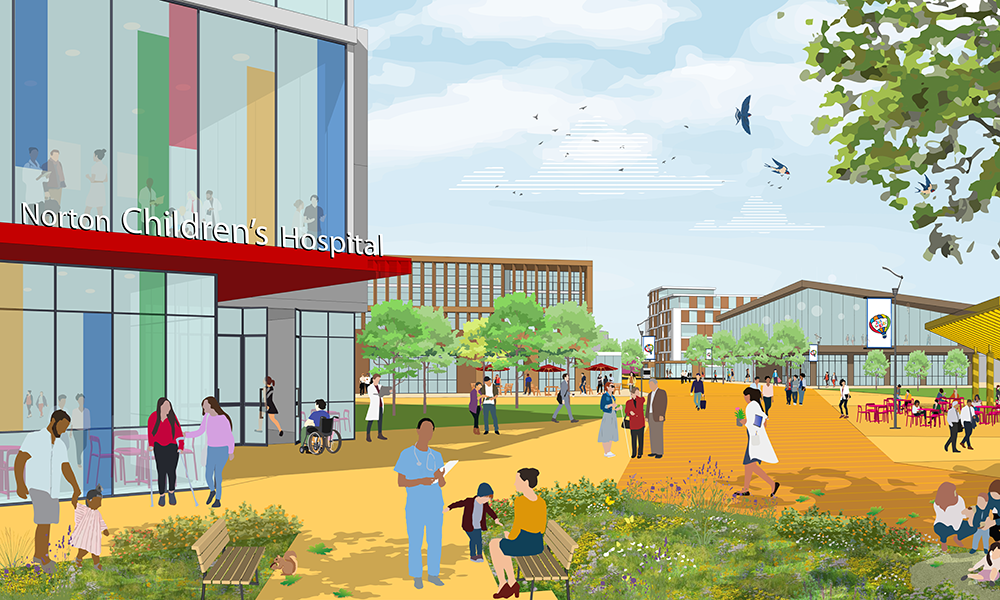By Eric Althoff
BILLINGS, Mt.—Architecture, engineering, and design firm Cushing Terrell has developed what it calls a negative air pressure ventilation system designed to help prevent the spread of coronavirus infection between patients and healthcare workers. The firm recently worked with longtime client Billings Clinic to convert 100 patient rooms for the new paradigm, with a representative of the company saying Cushing Terrell “re-engineered, air balanced, and specified new supply and exhaust airflow for several bed floors in the hospital.”
In a recent interview posted on Cushing Terrell’s website, mechanical engineering group lead Shawn Murray said that it was critically important to create environments where covid-19 patients could be effectively treated while simultaneously keeping the possibility of infecting other patients and medical staff down to an absolute minimum. Accordingly, the firm’s negative pressure rooms are meant to contain, within a limited space, a patient’s exhalations since the main way that the coronavirus is spread from person to person is via airborne particles.
Murray said that the most effective way to treat covid patients would be to isolate them for treatment in “airborne infection isolation” (AII) rooms, but he added those rooms are extremely rare anywhere in the healthcare field. Accordingly, healthcare spaces that already exist would need to be “converted” to allow for negative air pressure situations.
“Air from these rooms does not recirculate into other areas of the hospital and is exhausted via dedicated ductwork where it is diluted in the atmosphere,” Murray was quoted as saying in the report. He added that patient rooms need to be quickly converted for negative air pressure given the ongoing nature of the pandemic, and should a future spike occur in Montana.
Although Cushing Terrell, which has many offices outside of their founding location in Billings, has performed work of this type on many other projects before, Murray’s contention is that this was the first time his company needed to simultaneously convert so many “standard” patient rooms for negative air pressure. In their writeup, Cushing Terrell quoted Murray as saying it was incumbent to “reconfigure enough rooms on the ICU floor where the intubation and extubation of ventilators for critical patients could create the highest risk for transmission to other areas of the hospital.”
This required overriding dampers on the air-handling units such that air which circulated throughout the patient rooms would instead be redirected directly to the outdoors. Murray said that this effectively changed the patient room “inlet air grilles into exhaust grilles” at locations throughout the Billings Clinic, including at nurse’s stations. Furthermore, certain inlet air grilles at the clinic were blocked such that additional exhaust air would be extracted from patient rooms, and thus “create a positive flow from the caregiver area into the patient rooms,” as Murray put it.
“Door sweeps” on patient doors were installed so that pressure differentials between patient rooms and the adjacent corridors could be equalized as well.
Murray added that one of the biggest challenges of the installation of the air pressure system was to foster a way to keep an operating room “positively pressured” along with the main surgery corridor, while rooms adjacent to the operating room had air in them that remained sterile. As such, one entrance had to be sealed and airflow redirected through what became the new anteroom outside the OR.
Murray said the project at the Billings Hospital also gave his firm a better idea of what future adjustments and improvements might need to be made to the HVAC system at the clinic.
Cushing Terrell has worked on air circulation and ventilation for various projects around the country. The firm was founded in Montana in 1938.





